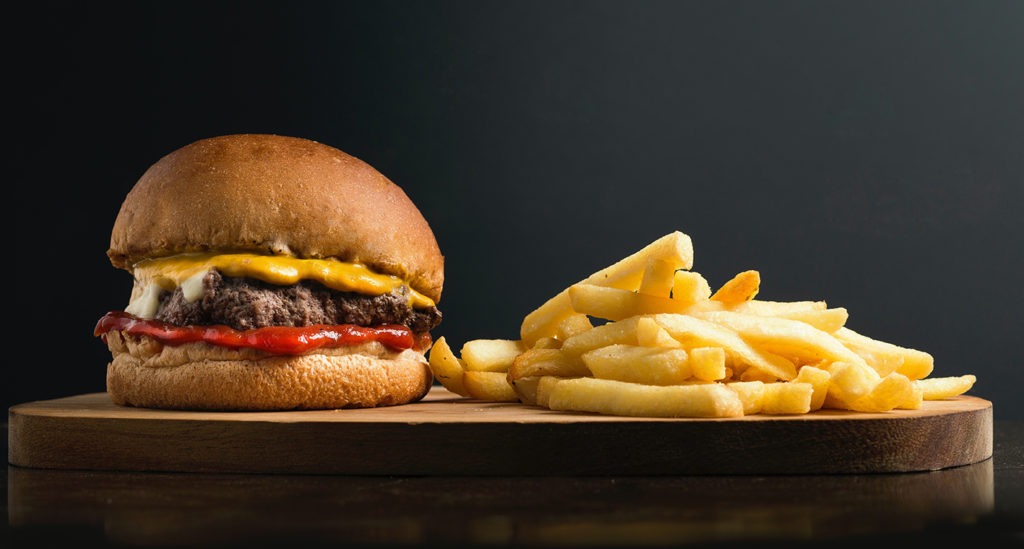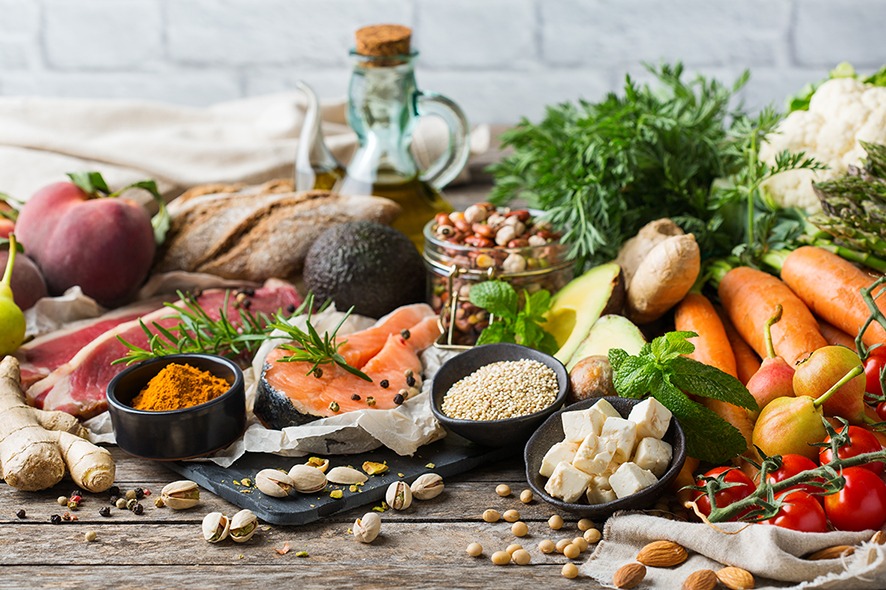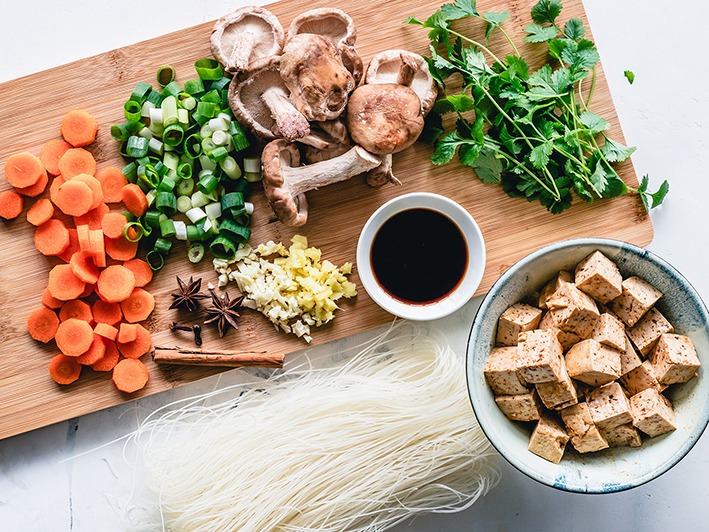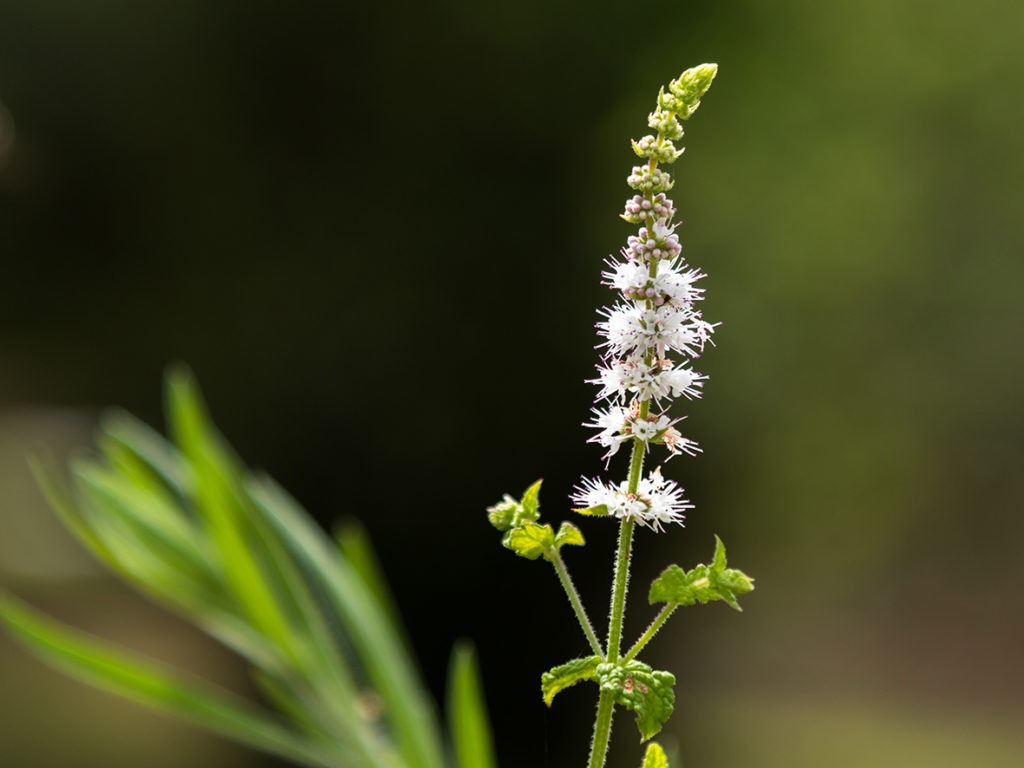Managing menopause: a dietary approach
From about the age of 45, female reproductive hormone production begins to change. This period before menopause – known as perimenopause – begins somewhere between 45 and 55 for most women, and is usually the time when menopausal symptoms are heightened.
While this change in life is something all women share, a recent survey by Flordis shows premenopausal women are still reluctant to discuss this time of life with their older (and often wiser) role models. This may be due to the fact that more than half of all pre- and post menopausal women are worried about going through menopause, mainly due to the various side effects. The majority of women surveyed by Flordis – 95 percent – also wanted natural options to help manage their symptoms. Menopausal symptoms do cause distress for many women; however, the severity and range of symptoms will vary between individuals. Luckily, there are options available to help manage the symptoms.

Hot flushes, mild anxiety, night sweats, sleeplessness and mood swings are all symptoms of perimenopause, and are a result of fluctuating and decreasing oestrogen levels coursing through the body. Hot flushes and night sweats are among the most common symptoms, with 80 percent of menopausal women experiencing spontaneous sweating and overheating, while 20 percent of women describing these symptoms as severe.
Women experiencing hot flushes and sleeplessness are also more likely to experience mood imbalances and symptoms of mild anxiety – also common symptoms contributing to an unpleasant transition to menopause. Interestingly, the mood swings in perimenopausal women differ to those of child-bearing age, with older women being more likely to have increased levels of sleep disturbance, aggression and fatigue.
Research now confirms the importance of a comprehensive approach for a smooth menopause transition, which involves a number of natural management approaches that include nutrition. Below are some tips on what foods you should try to eat more of, and which ones to avoid, to help make your transition to menopause as painless as possible.

What to cut back on
Limiting foods that are highly processed can help to reduce menopausal symptoms such as fatigue and irritability, and can also help you to control your weight. As your hormone levels decrease, this also puts you at increased risk of some health problems, so adjusting your diet can also help you to stay healthy. Try to limit your intake of these:
• Saturated fats: low oestrogen levels can increase your risk of heart disease
• Refined sugars: too much sugar can worsen menopausal symptoms, while lower oestrogen can make it harder for you to control blood sugar levels
• Foods high in salt: too much salt can increase bloating, and can also raise your blood pressure and lower your bone density
• Watch your drinks: coffee and alcohol can trigger menopausal symptoms such as anxiety and sleeplessness
• Be sparing with spice: some women find that spicy foods can exacerbate hot flushes

What to eat more of
A Mediterranean diet with moderate to high vegetable content, high fibre content and moderate unsaturated fats (such as olive oil and fish) can be beneficial to everyone, including women going through menopause. Some research has found that the Mediterranean diet may be linked to higher muscle mass and bone density in older women, while other studies have found that it may help to reduce symptoms such as night sweats and hot flushes. So make sure you eat plenty of:
• Fish
• Vegetables
• Fruit
• Good proteins, like lean meat and poultry, seeds and nuts
Balance this with limited amounts of complex carbs like wholegrain pasta and bread and brown rice. As well as providing slow-release energy and fibre for a healthy digestive system, complex carbs can also help to maintain heart health.

It’s also important to incorporate foods rich in phytoestrogens, which mimic the action of naturally-produced oestrogen and help the body cope with the reduced oestrogen production in menopause. Try to incorporate a range of these foods into most meals:
• Flaxseeds
• Legumes such as chickpeas and lentils and peas
• Soy-based foods like tofu, tempeh, and edamame, quinoa, barley, alfalfa and sprouts
You should also ensure you’re getting enough calcium, as once oestrogen starts to decline, bone loss starts to increase, putting you at risk of osteoporosis. Aim to include these foods:
• Dairy foods such as milk, yoghurt and cheese
• Fish such as sardines and salmon
• Beans, lentils, almonds and seeds
• Tofu and soy milk
• Leafy green vegies

Supplements may also help
Actaea racemose – also known as black cohosh – is a herb belonging to the buttercup family that’s regarded as one of the most important herbal medicines in helping to support the management menopause transition symptoms, with a long history of use. You may wish to consider Ze450*, a clinically proven extract of Actaea racemose that has been shown to significantly relieve a range of menopause symptoms. Clinical trials and studies of more than 1000 women have shown menopause symptom improvement as early as one month, with increasing relief shown over three to nine months.
Dr Min Yeo is a functional and integrative medicine doctor based in Bondi Junction, NSW. Her approach to medicine utilises a combination of conventional medicine and a biomedical model. You can find out more about Dr Yeo at drminyeo.com.au or follow her on Facebook.
*Note: in very rare cases, Actaea racemosa has been associated with liver failure. Discuss the suitability of this herb with your healthcare professional, especially if you have any risk of liver failure or severe liver problems. These medicines may not be right for you. Read the warnings before purchase. These can be found in the recommended dosage and directions section. Follow the directions for use. If symptoms worsen or change unexpectedly, talk to your healthcare professional.









